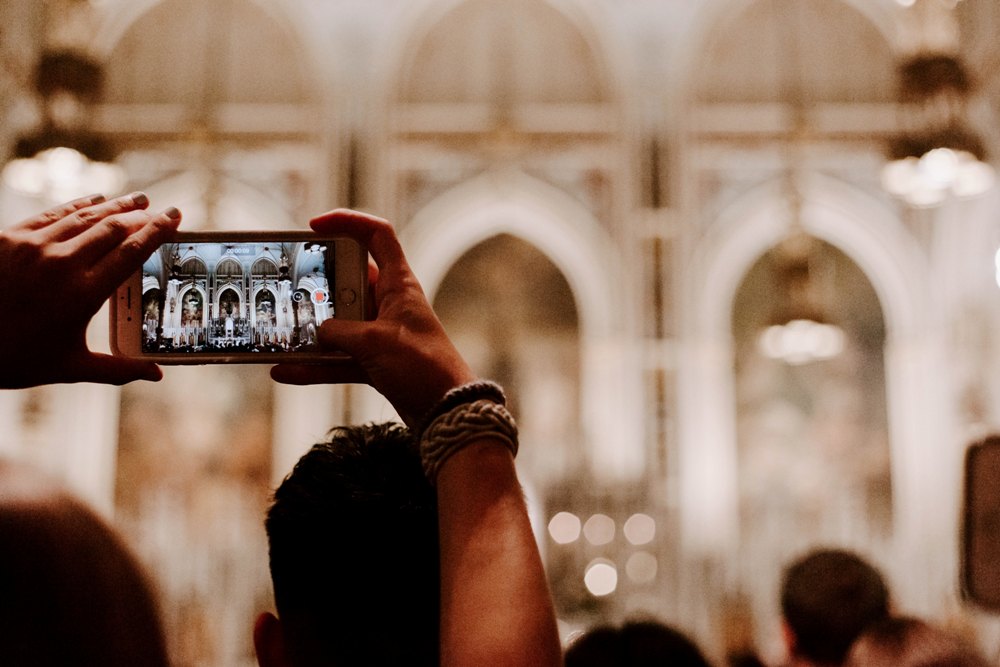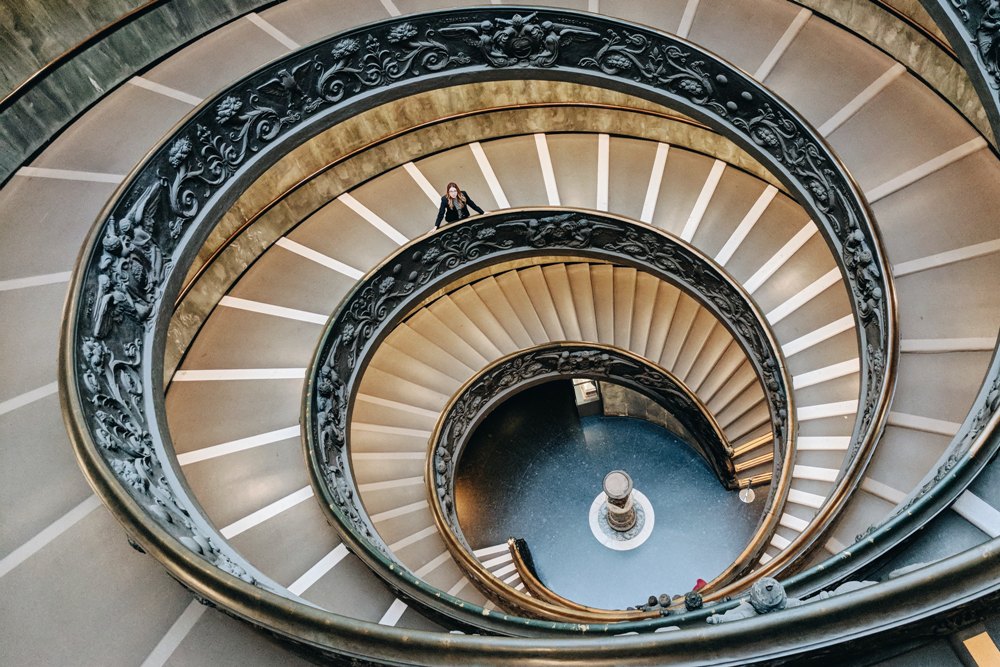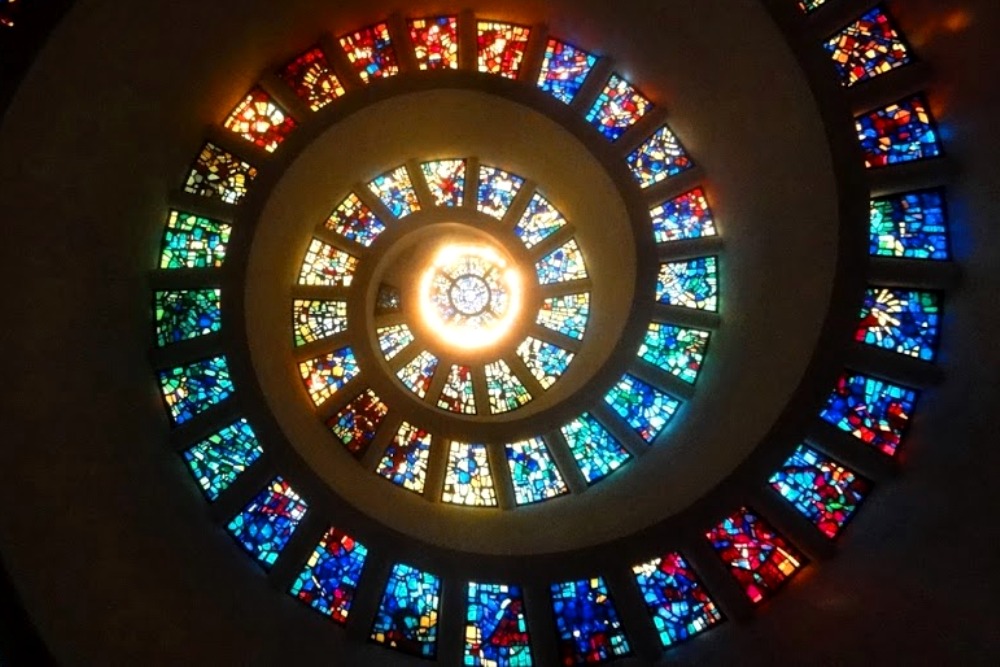
Simply glancing at a painting is often insufficient to fully appreciate its meaning and artistic beauty. Understanding an artwork's historical context, the period in which it was created, and the artist's intent can add depth to the viewing experience. There is a distinct difference between casually observing a piece and studying it with careful attention. A well-crafted portrait, for instance, can reveal not only the subject's physical features but also their personality and emotional state. Similarly, a landscape painting can transport the viewer to another time or place, evoking a sense of history or distant memory.
Learning about an artist's background and creative influences allows for a deeper interpretation of their work, bridging the gap between visual appreciation and intellectual engagement. Recognizing an artist's style is especially valuable when evaluating art for sale, as it helps place a piece within its proper historical and geographical context. Additionally, understanding an artist's life and creative journey enhances appreciation of their work's quality and significance. Even modern tools, such as an AI detector, can sometimes aid in verifying a piece's authenticity and origins, offering another layer of insight into artistic analysis.
Analyzing an image often benefits from verbal description, as translating a painting's visual language into words helps establish deeper mental connections. This process encourages prolonged observation, allowing the eye to catch subtle details that a quick glance might overlook. Identifying stylistic elements also enhances appreciation, especially when evaluating artwork for sale or seeking to place it within a specific artistic movement. Modern tools, such as an AI detector, can even assist in verifying a piece's authenticity and origins, offering another layer of insight into its history and artistic significance.
Color plays a vital role in artistic interpretation. Artists have long gone beyond mere replication of reality, instead developing unique color palettes that serve as personal stylistic signatures. Careful observation of a painting's use of natural or artificial light can further reveal the artist's intent, as light often defines spatial relationships and directs attention to key figures within a composition. Sculpture, on the other hand, must be viewed from multiple angles to be fully appreciated. Unlike a flat image, a three-dimensional work offers different perspectives and surprises, making in-person observation essential for grasping its full compositional structure.
Unlike photography, which captures reality as it appears, painting relies on various techniques to manipulate space and perspective. Over the centuries, artists have experimented with composition, figure placement, and spatial arrangement to create illusions of depth and movement. These innovations continue to influence modern visual storytelling, including cinema. An artist's personal journey, struggles, and triumphs often shape their work, adding an emotional layer that connects viewers to the piece. Biographical knowledge can provide a fresh perspective, transforming how one perceives and interprets an artwork.
Viewing art in a museum setting is an irreplaceable experience. Digital reproductions, whether in print or online, often fail to capture the texture of a canvas, the depth of brushstrokes, or the thickness of applied paint. A sculpture's true form and proportions can also be lost in photographs. Additionally, colors in digital images may not be entirely accurate, altering the original impact of the artwork. While images of frescoes and site-specific works can aid study, nothing compares to visiting the actual location, where the surrounding environment enhances the artistic encounter.
The analysis of art has evolved over time. While past interpretations often relied on philosophical and aesthetic principles dictated by intellectual elites, modern analysis incorporates established historical and scientific methods. Understanding artistic meaning today requires knowledge of multiple disciplines, including semiotics, psychology, history, and iconology. This interdisciplinary approach allows for a more comprehensive reading of an artwork, moving beyond subjective interpretation to a deeper, evidence-based understanding. Nonetheless, historical perspectives remain valuable, as they offer additional layers of interpretation that enrich the overall appreciation of art.


















































